I arrived in Gulu on a Saturday afternoon, not sure what to expect from the next two weeks. As a volunteer with the Oysters & Pearls holiday training program, I knew about the class materials and basic program setup. As I quickly learned however, there was much more to the program than just the teaching.
Joining Sandra and the instructors, I spent the weekend assisting with logistics — the little details that I had never considered, but had to be completed. Where were all the plates for the dining hall? Could we borrow mattresses for students that didn’t bring their own? Why was the electricity off in the classrooms? These and a hundred other small-but-crucial tasks had to be settled, even as students started arriving on Sunday afternoon.
Classes began immediately on Monday, and continued through the week. Sighted students were sorted into one of three classes — Engineering for the Future, Introduction to Robotics, or Advanced Robotics. As the classes delved into new materials and lessons, I watched the projects grow increasingly complex. Since I constantly moved from room to room, I saw the classes develop in snapshots. What started on day one as a collection of wires and boards became a functioning light display, then a basic robot by the end of the program.
I was especially interested in the engineering class, where the class of high-school girls explored the engineering design process and learned the fundamentals of critical thinking. From testing simple constructions to building functioning water filters, the students rose to every challenge. By the end of the first week, the class groups proved their water filters worked by cleaning contaminated water. And the teachers proved their faith by taste-testing each group’s cleaned water.
By the second week, the program had firmly established a rhythm and working system. Classes continued, students learned, and I encountered new situations each day. Sometimes these situations would be so absurd, I couldn’t help but laugh. For example, one day I pointed out a man standing near the school gate. I’d noticed him around the campus every day and even at night. Trying to understand why this seemingly random person was always present, I asked a Ugandan and had this confusing conversation:
“Who is he?”
“He’s the askari.”
“…so what’s an askari?”
“It’s him.”
This redundant exchange could have continued indefinitely, except that a nearby teacher heard us and took pity on my confusion. As she explained, askari is the word for guard. During the two weeks of the program, I tried to keep this lesson in mind and phrase questions in ways that helped me learn more about the school and region.
After two weeks of programs, we gathered on the final day for student presentations and class showcases. Our students did a great job presenting — sighted students explained the main topics they had studied in class, and students from the Blind Annex presented skills ranging from poetry to Microsoft Excel.
Students were so eager to show what they had learned, they asked if they could present multiple topics and for extended periods of time. I remember dreading class presentations when I was in school — in contrast, these students wanted fifteen minutes per topic, and multiple topics each! One student even asked if he could do a demonstration of mechanical drawing.
After over two weeks in Uganda, I feel like I have barely scratched the surface of this amazing country. The classes were fantastic to observe, and it was so exciting to watch the students change from nervous beginners to confident critical thinkers. As the program continues to grow, I’m confident that students will have further opportunities to benefit from these valuable holiday trainings.
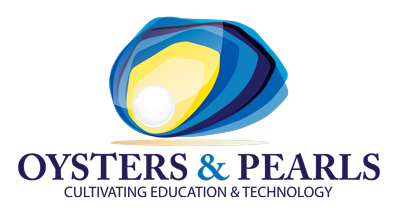
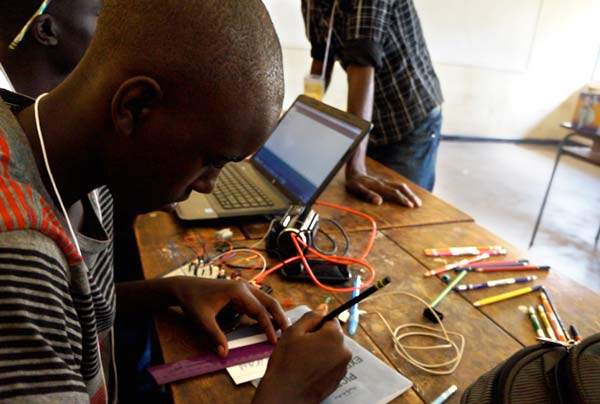
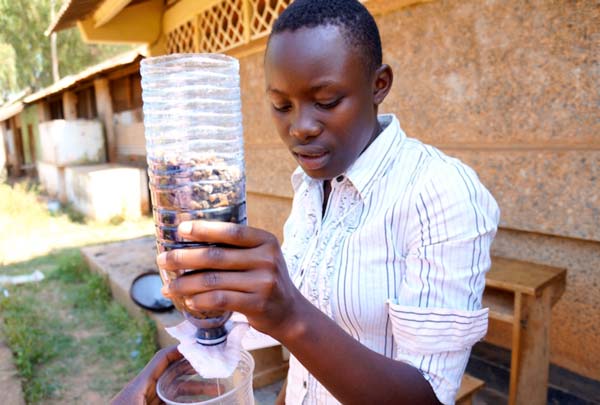
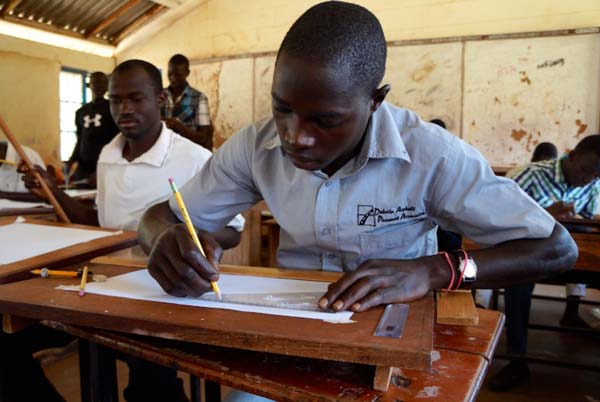
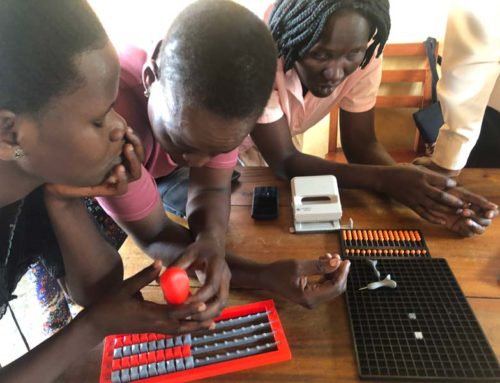
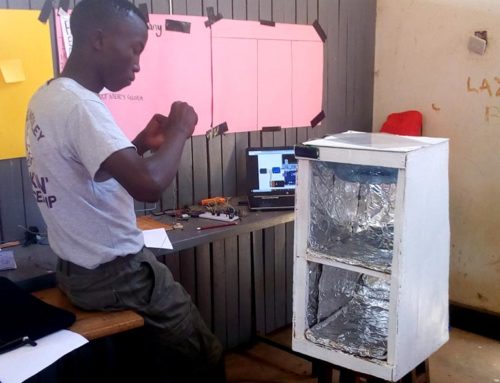
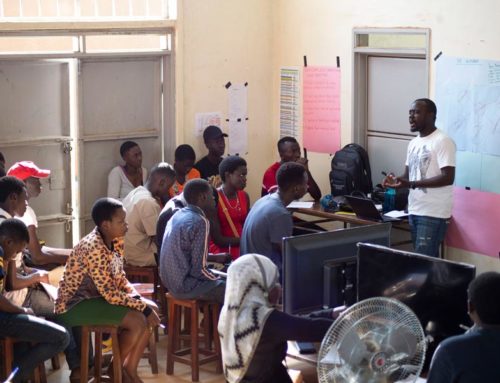
“Oysters and Pearls” is indeed expanding opportunities and energizing dreams and ambitions of children; by expanding capacities of institutions that are already in place supporting them. I am a product of my involvement with the organization (as a direct beneficiary).